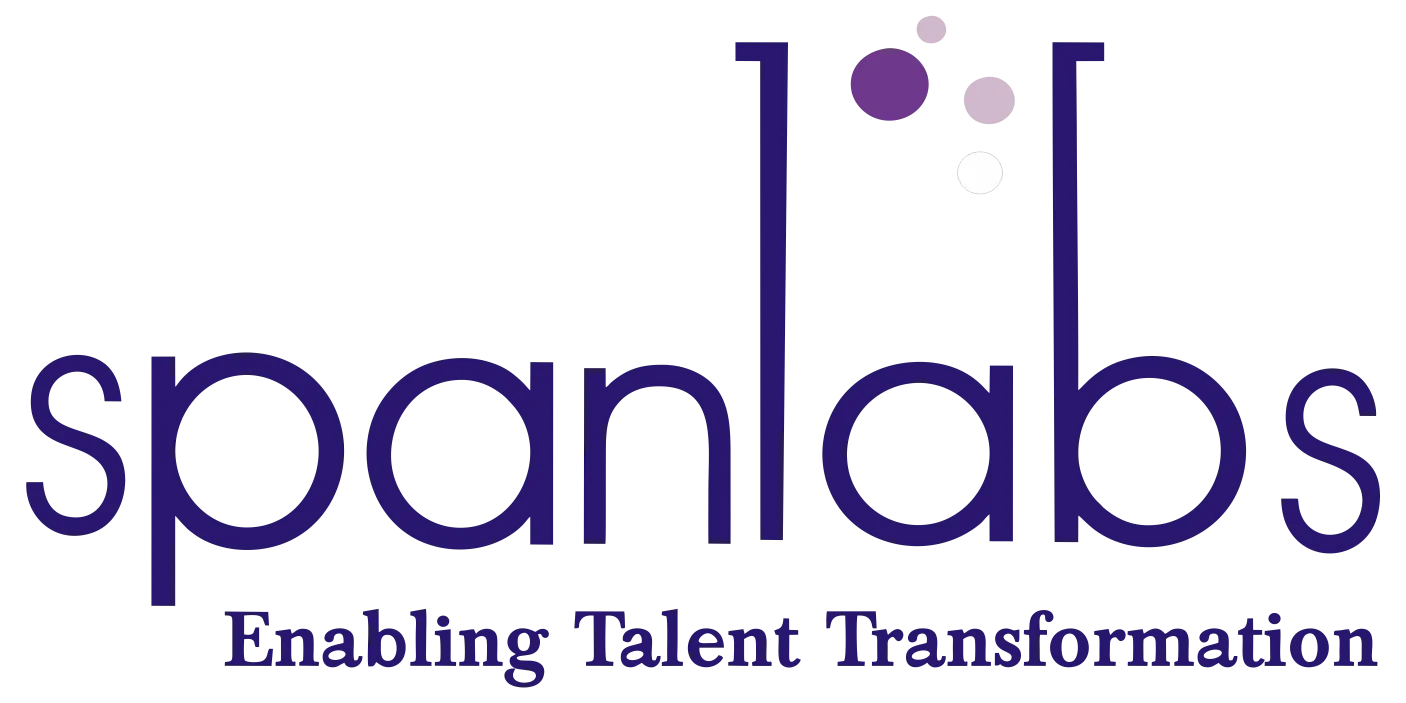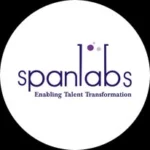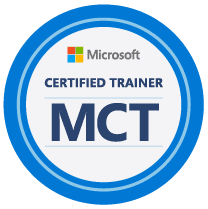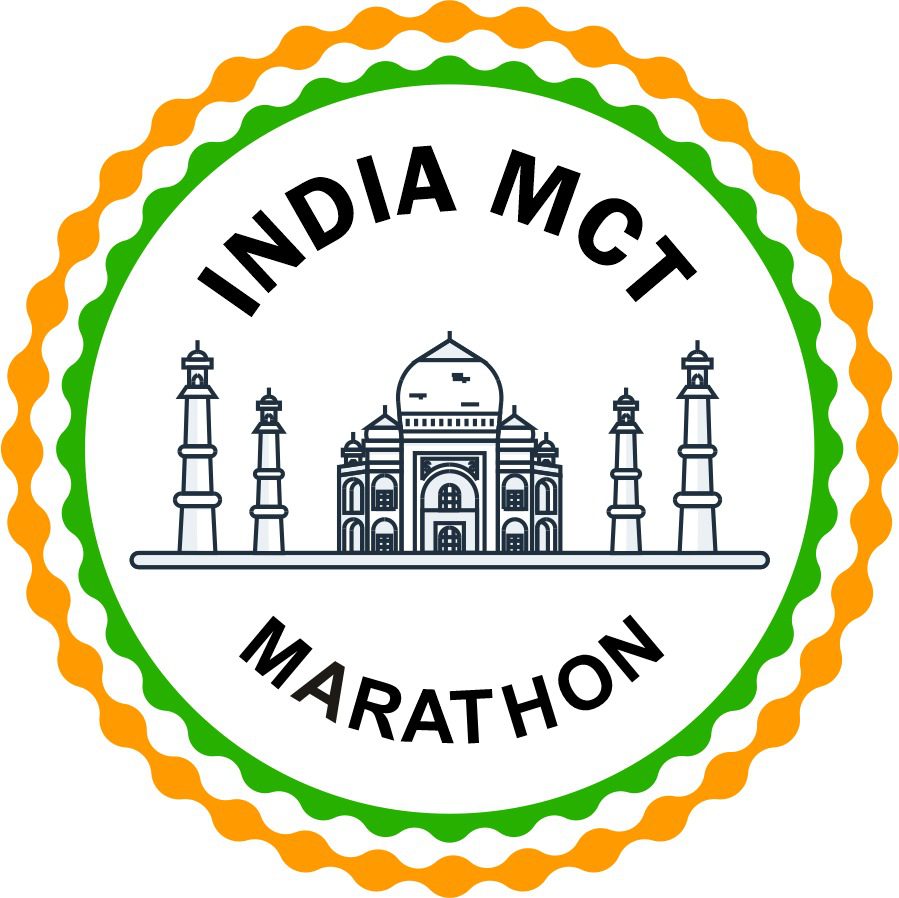
Soft Skills & Leadership Programs
Enhance your team’s performance with Span Labs – Soft Skills and Leadership Development programs. Designed to build communication, emotional intelligence, problem-solving, and decision-making abilities, these workshops empower professionals to lead with confidence. Ideal for managers, emerging leaders, first time managers and cross-functional teams. Boost workplace collaboration and leadership impact today.

Emerging Technologies
Stay ahead of the curve with Span Labs – Emerging Technologies programs covering AI, Machine Learning, Blockchain, IoT, and more. These future-ready courses equip professionals with cutting-edge skills to drive innovation and digital transformation. Ideal for tech enthusiasts, developers, and IT leaders. Future-proof your career with in-demand tech expertise.

Security & Ethical Hacking
Protect your digital assets with Span Labs – Security and Ethical Hacking programs. Learn the latest in cybersecurity, penetration testing, and threat mitigation from industry experts. Ideal for IT professionals, security analysts, and ethical hackers. Build strong defenses and stay ahead of cyber threats.

Mobile Technologies
Accelerate your career with Span Labs Mobile Technologies programs, covering Android, iOS, React Native, and Flutter development. Gain hands-on experience in building responsive, scalable mobile apps for diverse platforms. Ideal for developers and tech professionals looking to thrive in the mobile-first era. Empower innovation through mobile excellence.
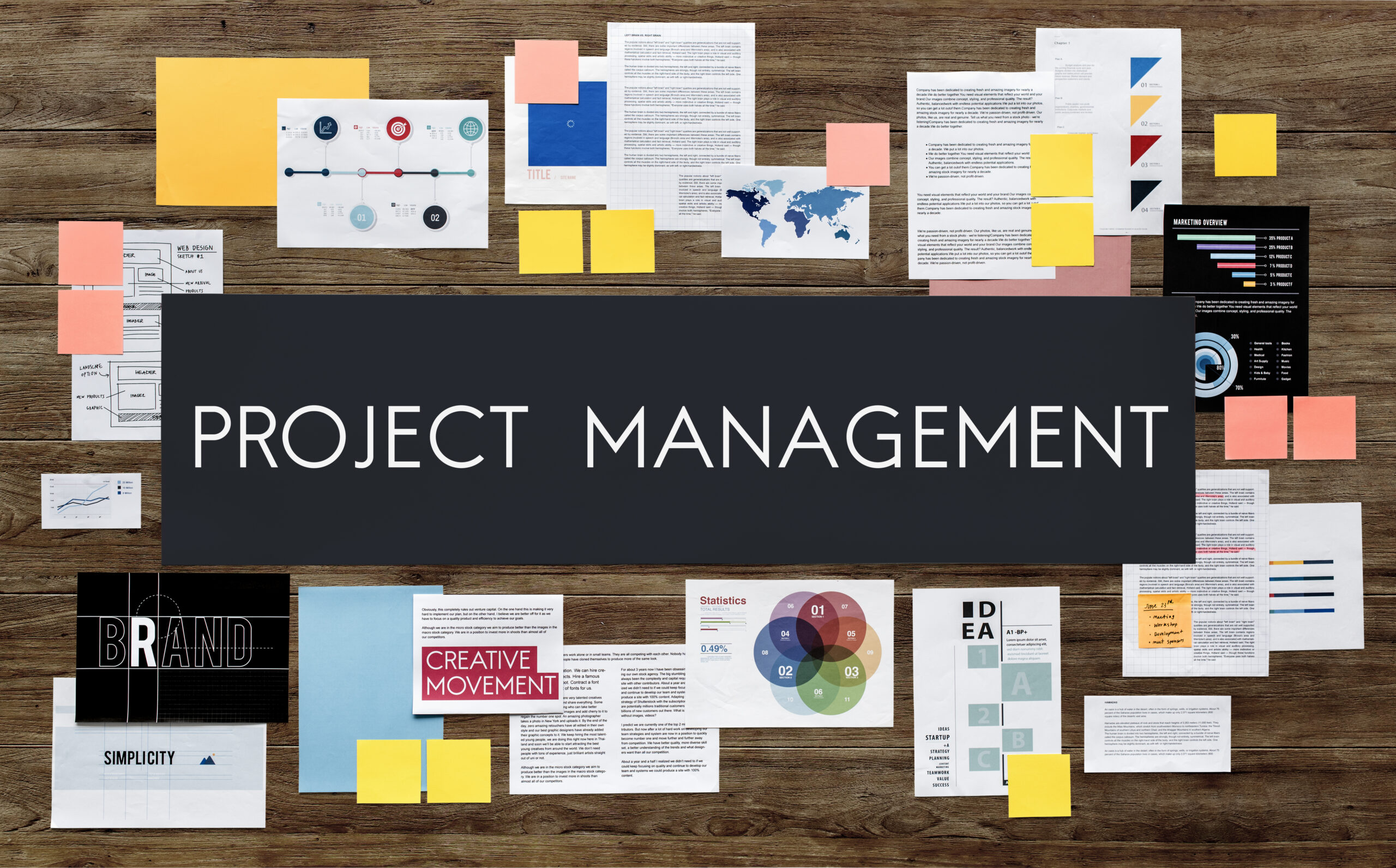
Project Management & IT Governance
Drive project success and organizational efficiency with Span Labs – Project Management and IT Governance programs. Covering PMP, PRINCE2, Agile, ITIL, and COBIT frameworks, these courses equip professionals with best practices for strategic alignment and risk control. Ideal for project managers, IT leaders, and governance professionals. Achieve operational excellence with certified expertise.
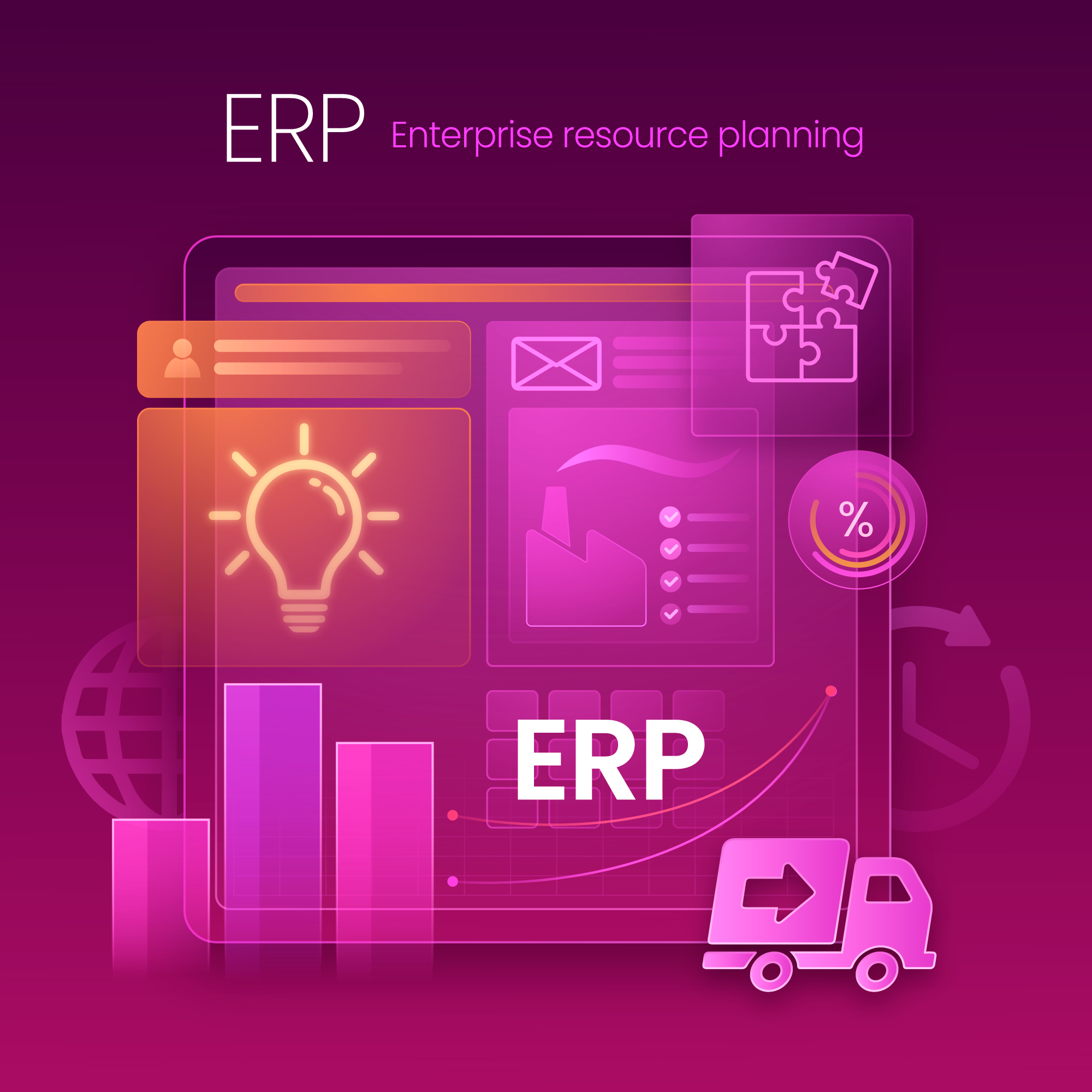
Enterprise Resource Planning (ERP)
Streamline business operations with Span Labs – ERP programs, covering SAP, Oracle, Microsoft Dynamics, and other leading platforms. Learn to integrate core processes across finance, supply chain, HR, and more. Ideal for IT professionals, business analysts, and ERP consultants. Drive digital transformation with expert ERP skills.

Testing & QA
Ensure software reliability and performance with Span Labs – Testing & QA programs, covering Manual Testing, Automation, Selenium, JUnit, and more. Gain hands-on skills in test planning, execution, and bug tracking. Ideal for QA engineers, testers, and developers. Deliver high-quality software with confidence and precision.

Software Development & Front-end
Build dynamic, high-performance applications with Span Labs – Software Development and Front-End programs. Learn in-demand technologies like Java, .NET, Python, React, Angular, and more. Ideal for developers, UI engineers, and full-stack aspirants. Master coding, UI/UX, and modern frameworks to accelerate your tech career.

Databases
Master data management with Span Labs – Databases programs, covering SQL, MySQL, Oracle, MongoDB, PostgreSQL, and more. Learn to design, query, and optimize databases for performance and scalability. Ideal for data analysts, developers, and DBAs. Build strong data-driven applications with expert database skills.

Data Security & Search
Protect sensitive information and enhance data accessibility with Span Labs – Data Security & Search programs. Learn best practices in encryption, access control, and secure search technologies like Elasticsearch and Splunk. Ideal for security professionals, data engineers, and IT teams. Safeguard data while enabling fast, intelligent search capabilities.

Big Data & Analytics
Unlock the power of data with Span Labs – Big Data & Analytics programs, featuring Hadoop, Spark, Power BI, Tableau, and more. Learn to process, analyze, and visualize large datasets for smarter business decisions. Ideal for data analysts, engineers, and business intelligence professionals. Drive growth with data-driven insights and advanced analytics skills.

Business Intelligence (BI) Tools
Transform data into actionable insights with Span Labs – Business Intelligence & BI Tools programs, covering platforms like Tableau, Power BI, QlikView, and more. Learn to create interactive dashboards, reports, and data visualizations that drive informed decision-making. Ideal for data analysts, BI developers, and business leaders. Unlock the full potential of your data with expert BI skills.

Open Platforms
Harness the power of open-source technologies with Span Labs – Open Platforms programs. Learn to develop, integrate, and manage solutions using popular platforms like Linux, Kubernetes, Docker, and more. Ideal for developers, system admins, and IT professionals. Leverage the flexibility and scalability of open platforms to drive innovation and efficiency.

Proprietary Platforms
Master proprietary platforms like Microsoft Azure, AWS, Oracle, and Salesforce with Span Labs – specialized programs. Learn to deploy, manage, and optimize enterprise solutions on these leading platforms. Ideal for IT professionals, cloud engineers, and business analysts. Leverage the power of proprietary platforms to drive business success and innovation.

Web & J2EE Technologies
Master web development and J2EE technologies with Span Labs – comprehensive programs, covering frameworks like Spring, Hibernate, and JSP. Learn to build scalable, secure, and high-performance web applications. Ideal for Java developers, full-stack engineers, and IT professionals. Enhance your skills in enterprise-level web solutions using J2EE technologies.

Microsoft Technologies
Unlock the potential of Microsoft technologies with Span Labs – programs covering Azure, .NET, C#, Power BI, and more. Learn to develop, deploy, and manage solutions on Microsoft platforms for enterprise applications and cloud services. Ideal for developers, system admins, and IT professionals. Drive innovation with expert skills in Microsoft technologies.

Cloud Computing & DevOps
Master Cloud Computing and DevOps with Span Labs – expert-led programs covering AWS, Azure, Docker, Kubernetes, CI/CD, and more. Learn to deploy, automate, and manage scalable cloud infrastructure and streamline development cycles. Ideal for cloud architects, DevOps engineers, and IT professionals. Enhance productivity and innovation with cutting-edge cloud and DevOps practices.

Days Training
0
+

Participants
0
+

Courses
0
+

Instructors
0
+
Pleased to Work With
Our Clients














































What Our Customers Say
Customer Reviews
Kristin Watson
Anyway, you still use Lorem Ipsum and rightly so, as it will always have a place in the web workers toolbox, as things happen, not always.
Ronald Richards
We contacted a lawyer last year when a question arose about reorganizing the firm. We were very lucky, everything was done quickly!
Wade Warren
The way you like it, not always in the preferred order. Even if your less into design and more into content strategy you may find some redeeming.
Aviana Plummer
But worse, what if the fish doesn’t fit in the can, the foot’s to big for the boot? Or to small? To short sentences, to many headings, images too.
Explore Our Work: A Visual Journey
Photo Gallery





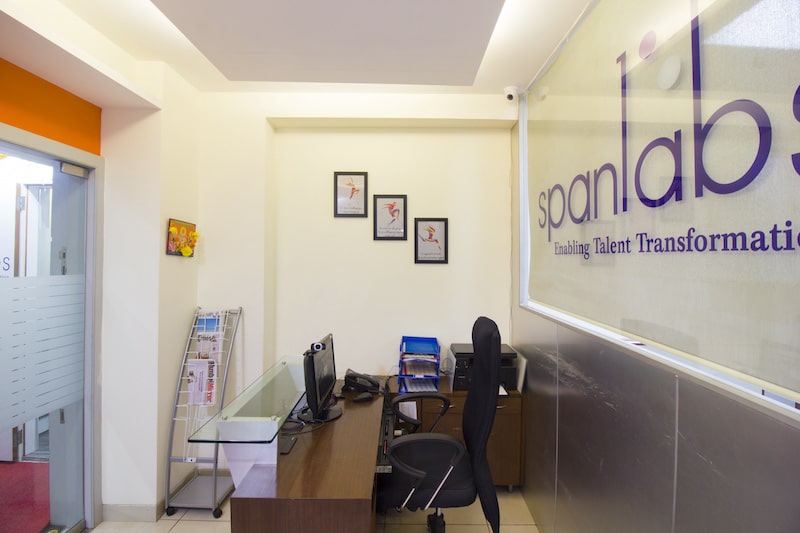














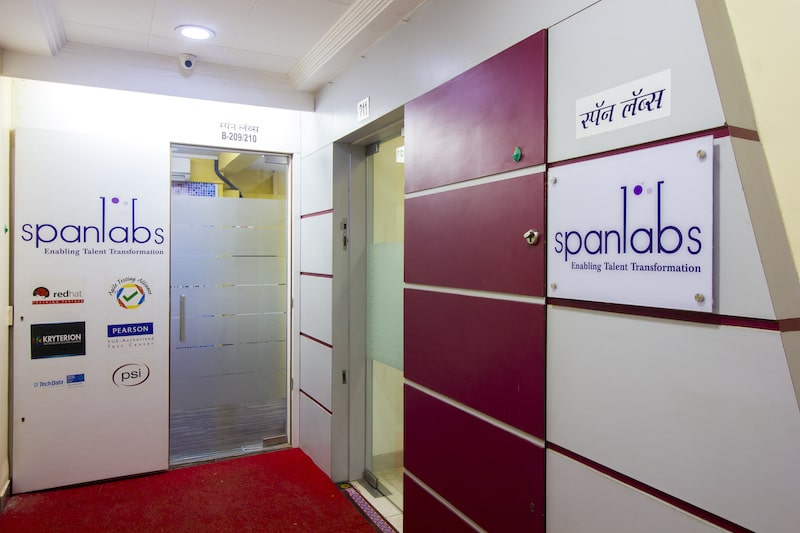




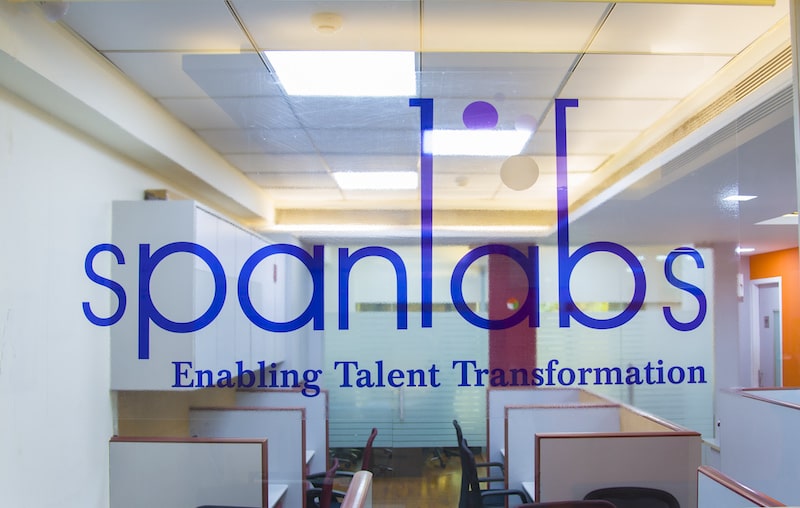










IN THE SPOTLIGHT
Our Instagram
In a professional context it often happens that private or corporate clients corder a publication to be made and presented.
